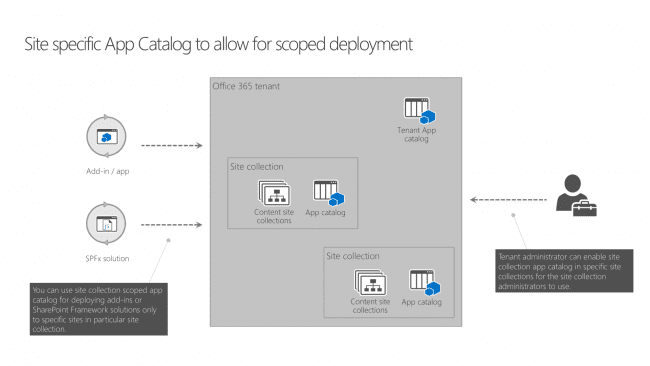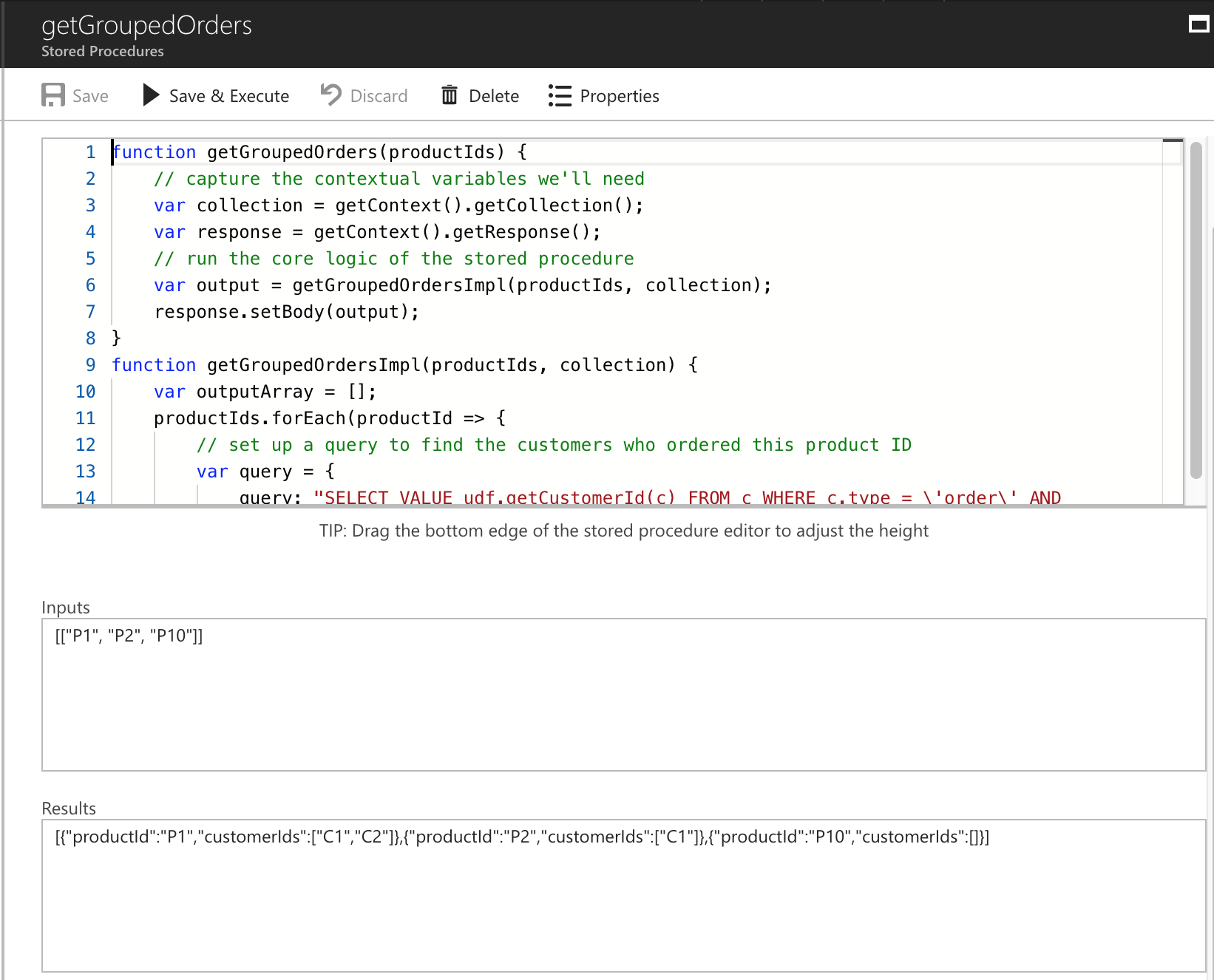Walkthrough of Site Provisioning process using PnP PowerShell
In the previous blogs here, we have looked at the Provisioning process for a complex Team site. Much of complexity was easily handled by the PnP Provisioning process.
In this blog, we will look at the similar Provisioning process but from an Admin point of view and use PnPPowerShell for create and provision the site.
Steps:
The steps are actually quite simple and could be done quickly.
1. Build a Template Site to be used for creating the Provisioning Template
2.… [Keep reading] “Walkthrough of Site Provisioning process using PnP PowerShell”



